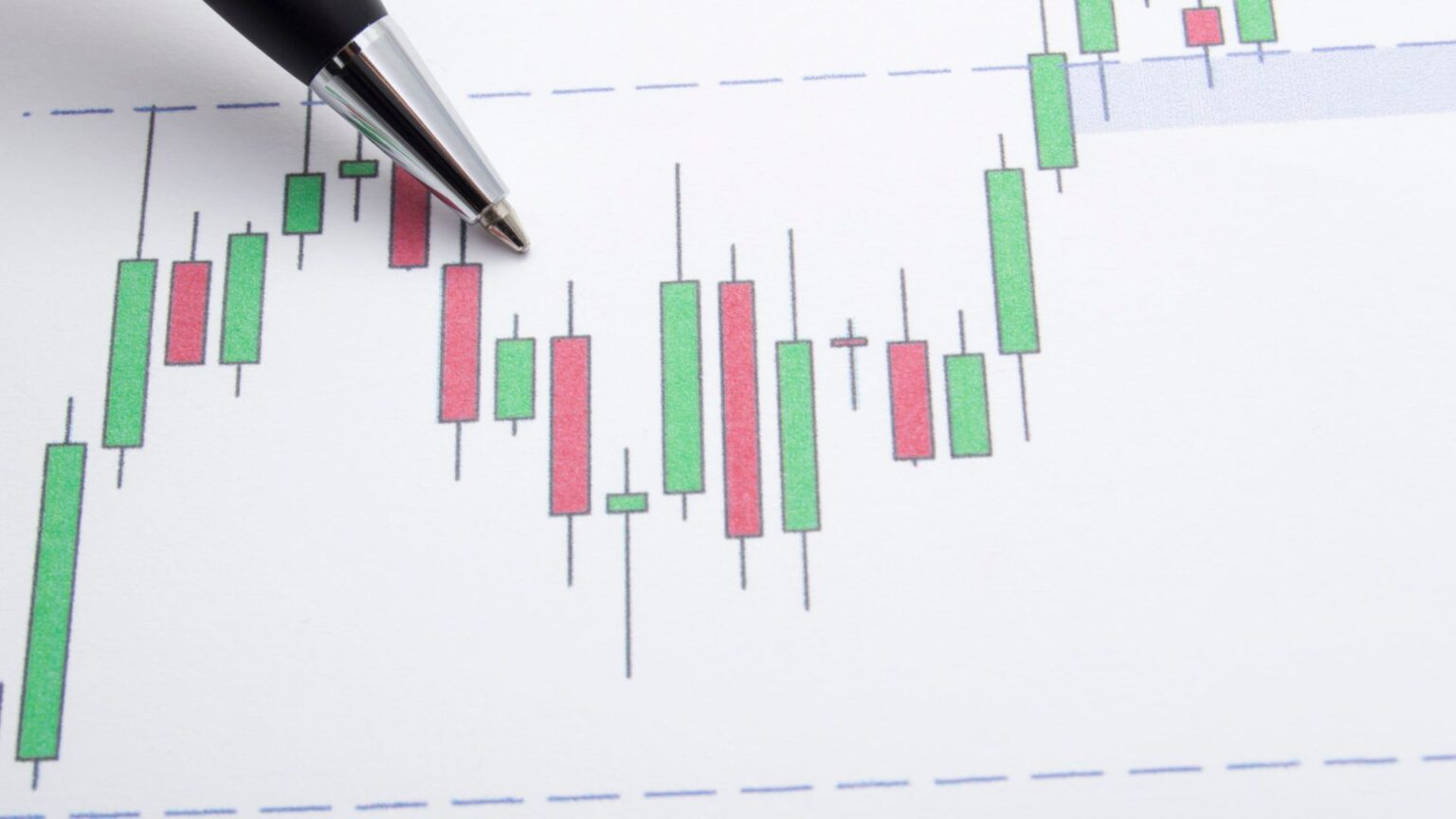Understanding how central banks influence the forex market is essential for any trader. Central banks, through their monetary policies and interest rate decisions, wield significant power over currency values. This article explores how central banks impact forex markets, why interest rates matter, and what traders need to know to make informed trading decisions.
How Central Banks Influence Forex Markets
Central banks, like the U.S. Federal Reserve, the European Central Bank (ECB), and the Bank of Japan, play a key role in maintaining economic stability. They do this primarily through the control of monetary policy, which can include adjusting interest rates, managing inflation, and conducting open market operations.
For forex traders, central bank policies are crucial to understand because they directly impact currency pairs and create opportunities—or risks—in the market.
Interest Rates and Their Direct Impact on Currencies
Interest rates are one of the most powerful tools central banks have to influence the economy and, by extension, the forex market. When a central bank changes interest rates, it impacts the relative strength or weakness of that country’s currency. Here’s how:
1. Higher Interest Rates Attract Investors
When a central bank raises interest rates, it generally leads to an increase in demand for that currency. Higher rates provide better returns on investments, attracting foreign investors who need to purchase the currency to invest in the country. As demand rises, so does the currency’s value relative to others.
2. Lower Interest Rates Weaken Currency
Conversely, when central banks cut interest rates, it typically weakens the currency. Lower interest rates make investments in that currency less attractive, leading investors to seek opportunities elsewhere. This decreased demand can cause the currency to depreciate.
3. Market Expectations and Rate Forecasting
Forex traders not only respond to actual interest rate changes but also to expectations about future rate adjustments. Central banks often provide guidance about their intentions, allowing the market to anticipate moves. Traders analyze these statements to predict the direction of a currency, which can influence the currency’s value even before rates are officially changed.
Key Central Bank Decisions that Affect Forex Markets
Each central bank uses a variety of strategies to manage its currency and economy. Here are some major actions central banks take that forex traders should be aware of:
Quantitative Easing (QE) and Tightening
Quantitative easing is when a central bank buys government bonds or other securities to increase the money supply, often leading to a weaker currency. Tightening, or reducing these activities, tends to strengthen the currency.
Inflation Targeting
Most central banks aim for a specific inflation rate. If inflation rises above this target, the bank may raise interest rates to cool down the economy, boosting the currency’s value. Conversely, low inflation can prompt rate cuts, weakening the currency.
Currency Interventions
In some cases, central banks directly intervene in forex markets by buying or selling their own currency. This can either stabilize or devalue the currency, depending on the economic goals.
Example of Central Bank Impact: The U.S. Federal Reserve
The U.S. Federal Reserve (Fed) is one of the most influential central banks worldwide. When the Fed adjusts its interest rates, it impacts not only the USD but also other major currencies like the EUR, JPY, and GBP due to the global role of the U.S. dollar.
For instance, when the Fed raises rates, the dollar often strengthens as investors move capital to the U.S. seeking better returns. Conversely, a rate cut can weaken the dollar, impacting currency pairs globally. Understanding Fed policy and following announcements from the Federal Open Market Committee (FOMC) is essential for forex traders who want to stay ahead of market movements.
How to Incorporate Central Bank Decisions into Your Trading Strategy
To use central bank policies effectively in your trading, you need to follow economic news, monitor central bank statements, and understand the relationship between interest rates and currency values. Here are some practical tips:
1. Stay Updated on Economic Calendars
Economic calendars track central bank announcements, interest rate decisions, and other important events. By following these events, you can plan your trades around expected market movements.
2. Use Technical and Fundamental Analysis
Combining technical analysis with fundamental insights can help you make informed decisions. For example, when you see the Fed is likely to raise rates, you might look for technical indicators to confirm a strong trend for the USD.
3. Diversify and Manage Risk
Central bank decisions can be unpredictable. Always use stop-loss orders and diversify your trades to minimize exposure to a single currency pair.
Why Interest Rates Matter for Long-Term Forex Success
Long-term profitability in forex trading relies on a solid understanding of macroeconomic factors, especially interest rates. By anticipating central bank moves and understanding how interest rate changes impact currency pairs, traders can position themselves to capture opportunities and manage risk effectively.
For more in-depth trading insights, consider joining EPIQ Trading Floor. With a 3-day free trial, you can access valuable resources, expert trading signals, and a supportive community to enhance your trading skills.
Disclaimer: This article is for informational purposes only and does not constitute financial advice. Always consult a financial advisor before engaging in forex trading.










Responses